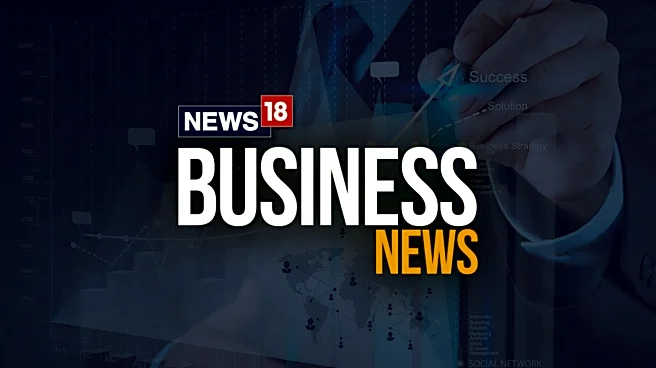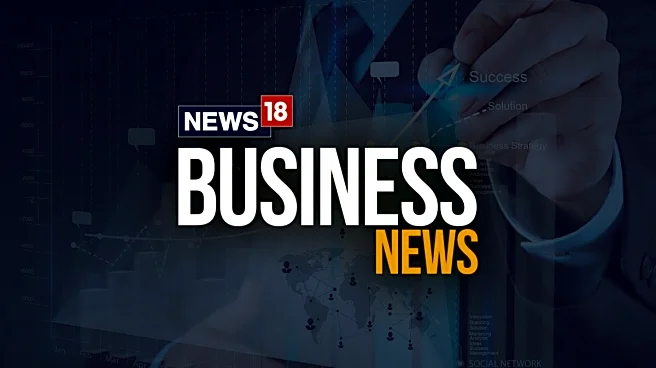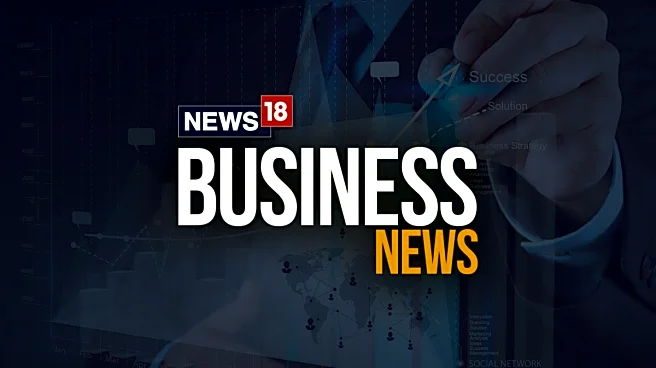India’s pharmaceutical future is no longer defined by low-cost generics. America’s latest protectionist tariff makes it obvious that India’s survival would be determined by how it combines innovation and
diplomacy, rather than exemptions. On October 1, 2025, the United States decided to impose a 100 per cent tariff on branded and patented pharmaceutical imports. This reflects an aggressive, parochial turn in the US’s trade policy in decades. This action will upend India’s $10 billion pharmaceutical export sector, disrupt global supply chains, and increase the landed cost of branded medication imported into the US.
India’s generics are currently exempt, which can be seen as a temporary solution. The country’s pharmaceutical giants are at tariff risk sooner rather than later. This is due to the country’s expanding presence in complicated generics, biosimilars, and specialty products—segments that carry larger profit margins and global prestige. Washington’s message is clear: either build in America or risk being left out.
India is forced to make a momentous decision because its new front is pharma-geopolitics. A critical query in this aspect is: Will India reinvent itself as a bystander, or can it reimagine itself as a balancer, securing its position as the world’s pharmacy by strategic diversification, technical advancement, and trade diplomacy?
Tariffs are a crude geopolitical tool, despite the White House’s presentation of them as a way to save “American jobs and patients”. It accomplishes three goals at once: it restricts the import of expensive, branded medications from foreign producer countries and encourages them to establish facilities in the United States. After Covid-19 revealed America’s significant reliance on foreign medicine imports, especially from China and India, pharmaceutical value chains were re-shored. The tariff looms large even though generics like steel or semiconductors are still exempt. As soon as domestic political calculations or market conditions change, US trade officials may review exemptions.
In fact, Washington is laying the groundwork for future tariff extensions to sophisticated generics and biosimilars- exactly where India is placing its bets for future expansion—by initially targeting branded and patented medications. This is more than just a trade policy issue for India. The guidelines for international pharmaceutical collaboration have undergone a fundamental shift. Nearly 40 per cent of Indian pharmaceuticals are exported, with the US being in top market. Simple generics have given way to complicated ones, injectables, and biosimilars throughout time; these are higher-margin industries requiring sophisticated R&D, capital investment, and compliance.
India will lose control of its pharmaceutical future if it takes a passive approach, pushing for piecemeal exclusions or waiting for political winds in Washington to change. The major risks include erosion of market share, a fragmented industry, and strategic vulnerability. The logic is straightforward: India should not be a spectator but a balancer. Diplomacy at the governmental level and the industry level changes are both necessary for a viable strategy for India. There are the following steps in the playbook:
1. Secured Mutual Recognition Agreements:
India should make a concentrated effort to negotiate agreements with the US for mutual recognition. A medicine that has been approved by Indian regulators could be accelerated in the US and vice versa. In addition to cutting expenses and delays, this would provide protection from protectionist policies. MRAs that are sector-specific may act as a link between tariff barriers and free trade.
2. Increased Regional Manufacturing:
Indian firms must consider the unpleasant but sensible choice of locating high-value production in the United States. Greenfield expansions, contract manufacturing, and joint ventures can all offer a tariff-proof entry point. This indicates strategic flexibility, even though it lessens India’s cost advantage.
3. AI-driven efficiency and transformation
Artificial Intelligence has become a necessity. It is the future of the pharmaceutical economy’s survival tool. Indian pharmaceutical companies can protect their profits even in post post-tariff environment by integrating AI across the value chain. The technology is capable of predicting molecular interactions to shorten drug development cycles. Secondly, it can aid in lessening the real-time global supply chain by optimising susceptibility to bottlenecks caused by tariffs. It can further shorten the time it takes for specialised medications and biosimilars to reach the market.
4. Diversification of Export Markets
Although profitable, reliance on the US has led to strategic overdependence. To explore and seize new markets in Africa, ASEAN, Latin America, and the Middle East, Indian pharmaceuticals must use advanced analytics. India can pursue this region as a hedge against the US volatility if it positions itself carefully.
5. Regulatory and Trade Diplomacy
New Delhi has to work with Washington on a comprehensive pharmaceutical collaboration, including cooperative production, skill sharing, and joint research funds, in addition to tariff relief. India must also form an alliance with other countries at the WHO and WTO to oppose the weaponisation of health trade.
The world we are residing in is a G-Zero pharmaceutical industry where no single nation can provide open, predictable trade regulations demonstrated by the US tariff decision. Rather, intellectual property disputes, tariffs, and protectionism are in charge. The situation can present both challenges and opportunities for India. Its conventional reputation as the inexpensive generic provider is insufficient. In this situation, India has to be a balancer, firstly by boosting resilience with innovation powered by AI. Secondly, developing new markets beyond the US. Lastly, creating a pharmaceutical trade by using diplomacy. The alternative is glaring: stand by or let other people set the new guidelines.
More than just a trade policy, the US’s 100 per cent tariff on branded medications serves as a wake-up call. India is reminded that pharmaceutical dominance has evolved into geopolitical dominance. India can no longer hope for tariff exemptions or rely solely on generics. Rather, it has to combine technology leapfrogging with ambitious policy. India can transform crises into opportunities by integrating AI into its pharma DNA, pursuing MRAs, increasing localized production, and diversifying export markets.
India won’t just protect its $10 billion US market by doing this. In the upcoming scientific, medical, and commercial revolutions, it will reshape its position in the global pharmaceutical order and become a real balancer in the G-Zero world. If India fails to act now, its $10 billion US market may be the first casualty, but its larger loss will be the claim to be the pharmacy giant of the Global South.
(Anusreeta Dutta is a columnist, political ecology researcher with prior experience as an ESG analyst. Dr Zahid Sultan is an Independent Researcher with a PhD in Political Science. Views expressed in the above piece are personal and solely those of the author. They do not necessarily reflect News18’s views.)




/images/ppid_a911dc6a-image-175931603442681781.webp)

/images/ppid_a911dc6a-image-175931615264350044.webp)
/images/ppid_a911dc6a-image-175930304088622886.webp)
/images/ppid_a911dc6a-image-175914442622056632.webp)
/images/ppid_a911dc6a-image-175923282943525965.webp)
/images/ppid_59c68470-image-175920008419316435.webp)

/images/ppid_a911dc6a-image-17592296506547012.webp)